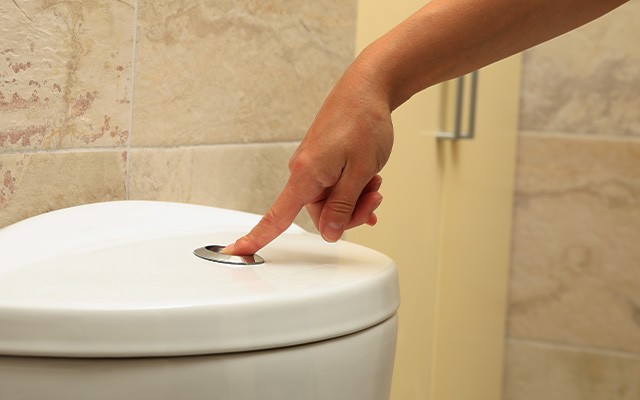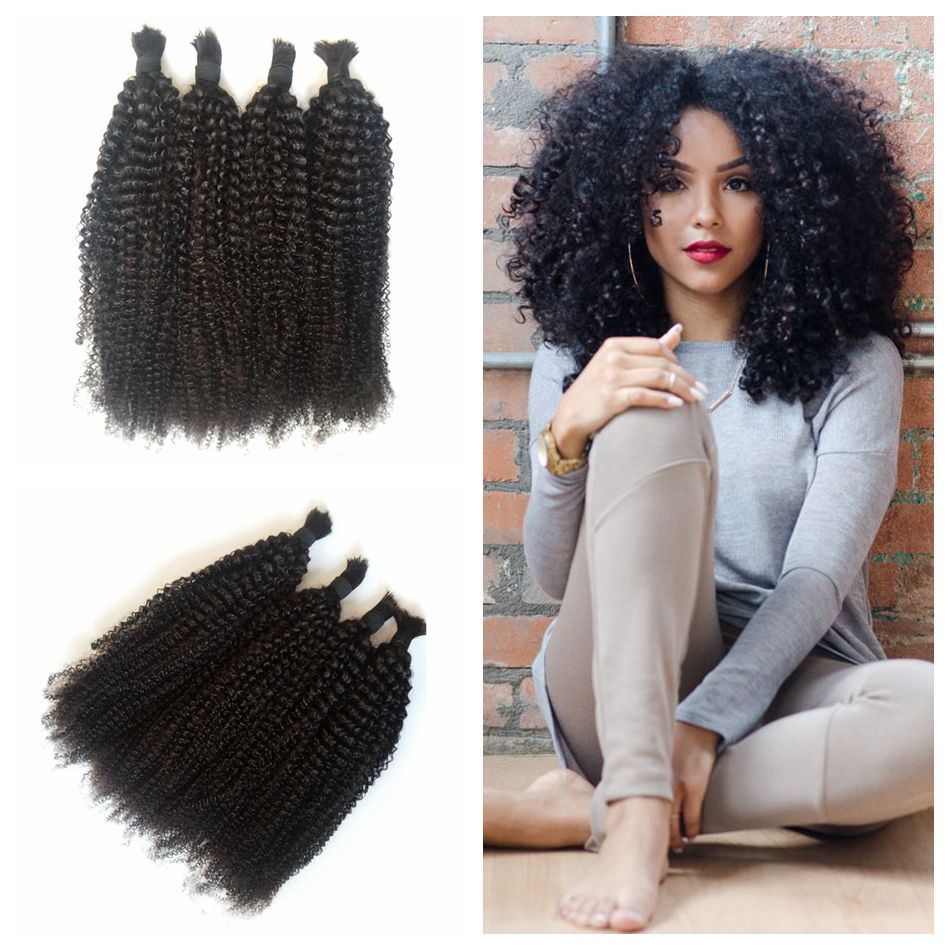Table Of Content

In addition, Flushing hair down your toilet will eventually lead to clogs, as hair does not break down like other waste. We recommend using a clog remover in your toilet when you find out any hair has been flushed. If the clog has already formed, you may need to use a plunger or even an auger. In fact, to keep your toilet and septic system running optimally, you should never flush anything besides human waste and toilet tissue. Hair does not disintegrate when it hits the water, unlike flushable products.
Medications and Other Hazardous Materials
As you probably already know, your toilet is connected to a water supply. When you flush, a valve is raised and the water from your toilet tank is emptied into the bowl. It’s an entire process that typically takes about 15 seconds. Any kind of liquid and wastewater can be flushed down the toilet.
What Can You Do Instead of Flushing Hair Down the Toilet?
Then other stuff gets stuck in it, and before you know it you’ve got a major clog. Baby wipes or wet toilet paper can be a great toilet paper alternative, but they aren’t made of paper. The synthetic or bamboo fibers used to make wet pipes create strong nets that should never be flushed down the toilet.

Does Hair Dissolve in a Septic Tank?
This can lead to expensive repairs and potentially contaminate water sources. It's also worth noting that hair doesn't dissolve in water. Instead, it can float on the surface and contribute to the formation of blockages known as "fatbergs" in sewer systems. These fatbergs can cause major backups and overflow of raw sewage into streets and waterways. When hair is flushed down the toilet, it can create clogs in your plumbing system.
What Can Dissolve Hair?
But if you realize what the outcomes will be then you will not do that at all. The hair and the other materials can stick together easily and help to make a clogged pipe. That’s why we will keep saying repeatedly that flushing the hair down the toilet is not a good option to do. Many people flush food down the toilet, thinking it’s no different to human waste. Food takes much longer to break down and can easily clog your toilet. Remember to only use your toilet the way it was intended, and you’re generally good to go.
If you have short hair, you may be wondering if it's okay to flush it down the toilet. While it's not advisable to do so, sometimes it can't be helped. Essentially, anything that is biodegradable and won't clog your pipes. Hair strands tangle and clump together, especially when combined with other substances like soap scum, grease, or debris in the plumbing pipes. To maintain the proper functioning of your plumbing system, I found out it’s best to dispose of hair in alternative ways. I used to think flushing hair down the toilet was a harmless and easy way to dispose of it.
The Truth about Flushing Hair: What Plumbers Recommend Instead
Instead of flushing it, it is recommended to collect the hair and throw it into the trash. This simple step can help prevent clogs and maintain the proper functioning of the plumbing system. If you do decide to flush hair down the toilet, it is important to use drain covers to prevent clogs and other plumbing issues. Drain covers are designed to catch hair and other debris, preventing them from going down the drain and causing problems. You can find drain covers at most hardware stores or online.
How to Fix a Slow Shower Drain?
As a result, if some hair starts clogging your drain, don’t expect it to simply break down over time. Instead, it will simply stay there getting worse and worse. When it does so, it creates a nice web that catches anything trying to pass through. This netting can cause a clog over time as more and more debris is caught by the web.
Can You Flush Short Hair Down The Toilet?
Does Showering With the Toilet Lid Open Cause Acne? - POPSUGAR
Does Showering With the Toilet Lid Open Cause Acne?.
Posted: Thu, 25 Jan 2024 08:00:00 GMT [source]
Hair can accumulate and cause clogs in the plumbing system, leading to potential damage and costly repairs. When undressing an injury in the bathroom, you may be tempted to flush it right down the loo. It doesn’t matter whether these products are made from cloth or other disposable materials; the outcome will be the same.
To avoid problems with your septic system, it’s best to avoid flushing anything other than human waste and septic-safe toilet paper. This will help keep your system working properly and prevent costly repairs. While it may seem like a convenient way to dispose of hair, flushing it down the toilet can have consequences that you may not be aware of. Flushing hair down the toilet can lead to clogged pipes, which can be a hassle to deal with.
There are actually companies that will take your hair and turn it into useful products like fertilizer, insulation, and even hair extensions. Check with your local recycling center to see if they accept hair or if there are any companies in your area that specialize in recycling hair. Smith’s Plumbing Services concurs that the best way to dispose of hair is to toss it in the trash. However, we like Green Salon Collective’s approach to this problem.
However, they can also catch other things like food particles, lint, and pet fur. This makes them an essential tool for keeping drains clean and clear. First of all, yes, you technically can flush hair down the toilet. Flushing hair down the toilet can clog up your pipes and lead to some serious plumbing problems. Those elements can clog the commode area and the other areas too. And there are several things such as, any kind of wet wipes like makeup wipes, baby wipes, toilet wipes, and many more.
The Shroom Company agrees, saying your hair is a potential plumbing hazard and can actually cause significant issues if left unchecked in your pipes. Flushing hair down the toilet is a common practice that can have a number of negative consequences. By following the tips in this article, you can help to keep your pipes clear, your home safe, and your health protected. The answer is no, it is not safe to flush hair down the toilet. There are a number of reasons why it is not safe, including the potential for clogs, bacteria, and other hazards.

No comments:
Post a Comment